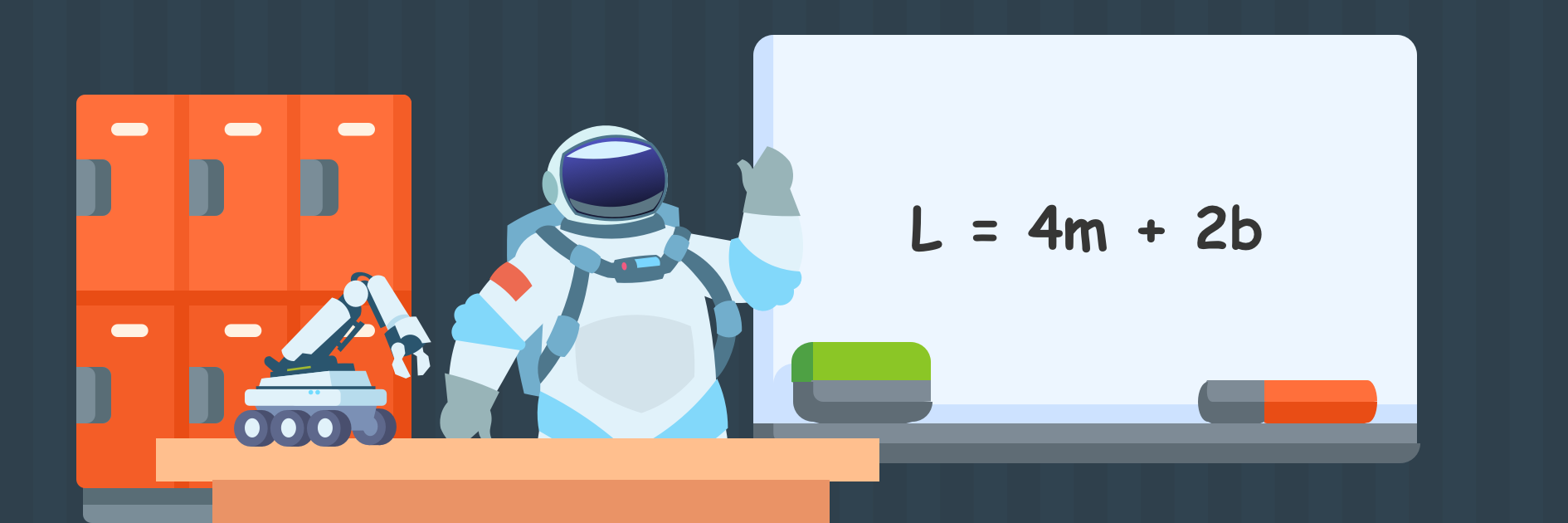7 Properties of addition and multiplication
Algebra can be very powerful, but you need to play by the rules.
The following table lists a number of important properties of addition and multiplication that we can rely on in algebra. It should be remembered we can take these properties as granted only where a, b, and c are real numbers, i.e. any quantity that can be represented on the number line.
There are algebras for sets, vectors, matrices and other mathematical “objects”, however these rules might not apply (since we will only be dealing with real numbers in this book, you can assume that each of these properties holds). Most of these you will already be familiar with, but giving them a name can help us think about them.
| Algebraic expression | Name of the property (or rule) |
| [latex](a+b)+c=a+(b+c)[/latex] | associative law for addition |
| [latex](ab)c=a(bc)[/latex] | associative law for multiplication |
| [latex](a+b)c=ac+bc[/latex] | (right) distributive law |
| [latex]c(a+b)=ca+cb[/latex] | (left) distributive law |
| [latex]a+b=b+a[/latex] | commutative law of addition |
| [latex]ab=ba[/latex] | commutative law for multiplication |
| [latex]a+0=a[/latex] | additive identity: the effect of adding zero |
| [latex]a \times 1=a[/latex] | multiplicative identity: the effect of multiplying by one. |
Quick check
Get a feel for each of the properties in the table above by substituting the following sets of numbers for (a, b, c), respectively.
- [latex]2,4,6[/latex]
- [latex]-3,-8,2[/latex]
- [latex]0,-1,3[/latex]
As well as these properties, we also need to keep in mind the order of operations in which in which we perform each step when evaluating an expression. For example, with the associative law we just looked at, brackets were used to ensure that the 2 left or 2 right numbers are combined together first. Rather than put brackets everywhere, a number of conventions have been reached that dictate which steps of an equation we complete first. This is not because any of the operations are more important than any others, it is simply so that there is only one correct way of reading an equation and thus we can avoid ambiguity.


